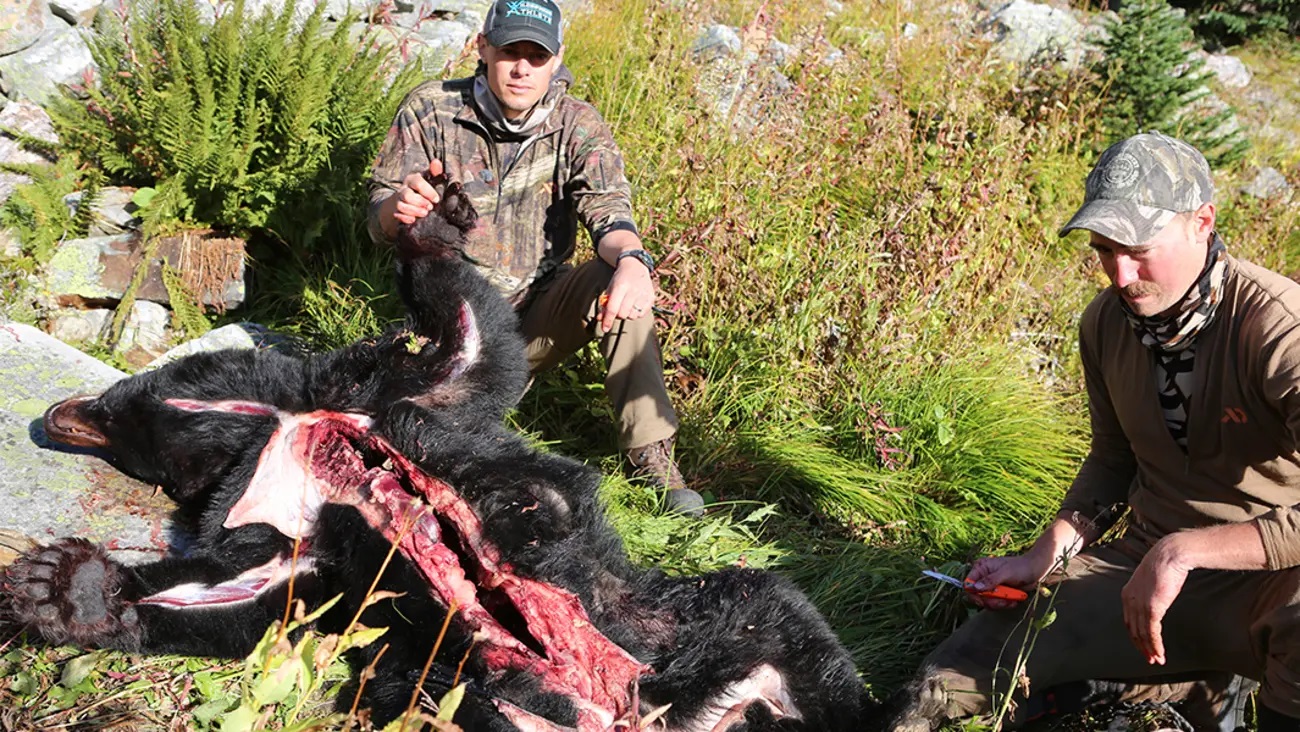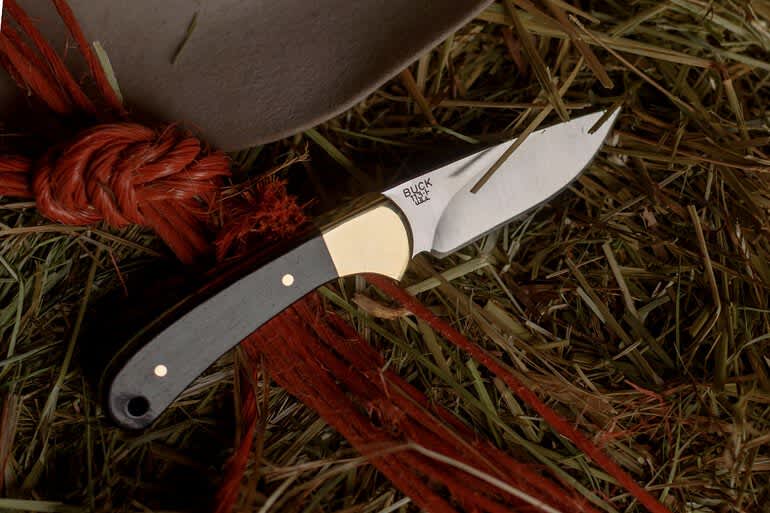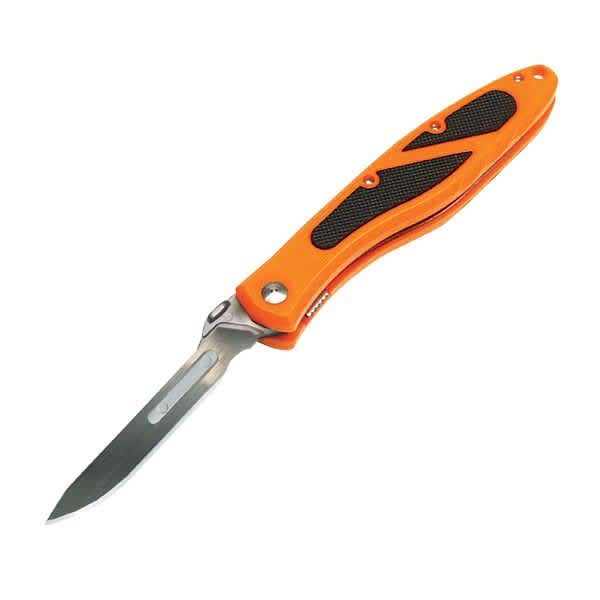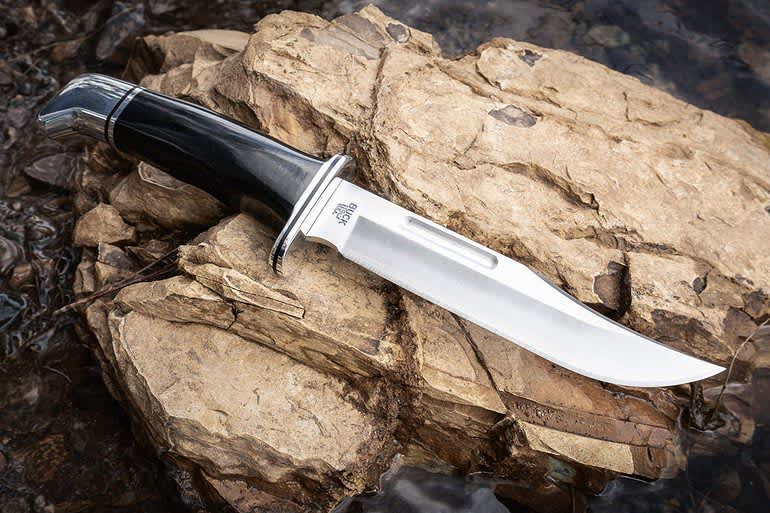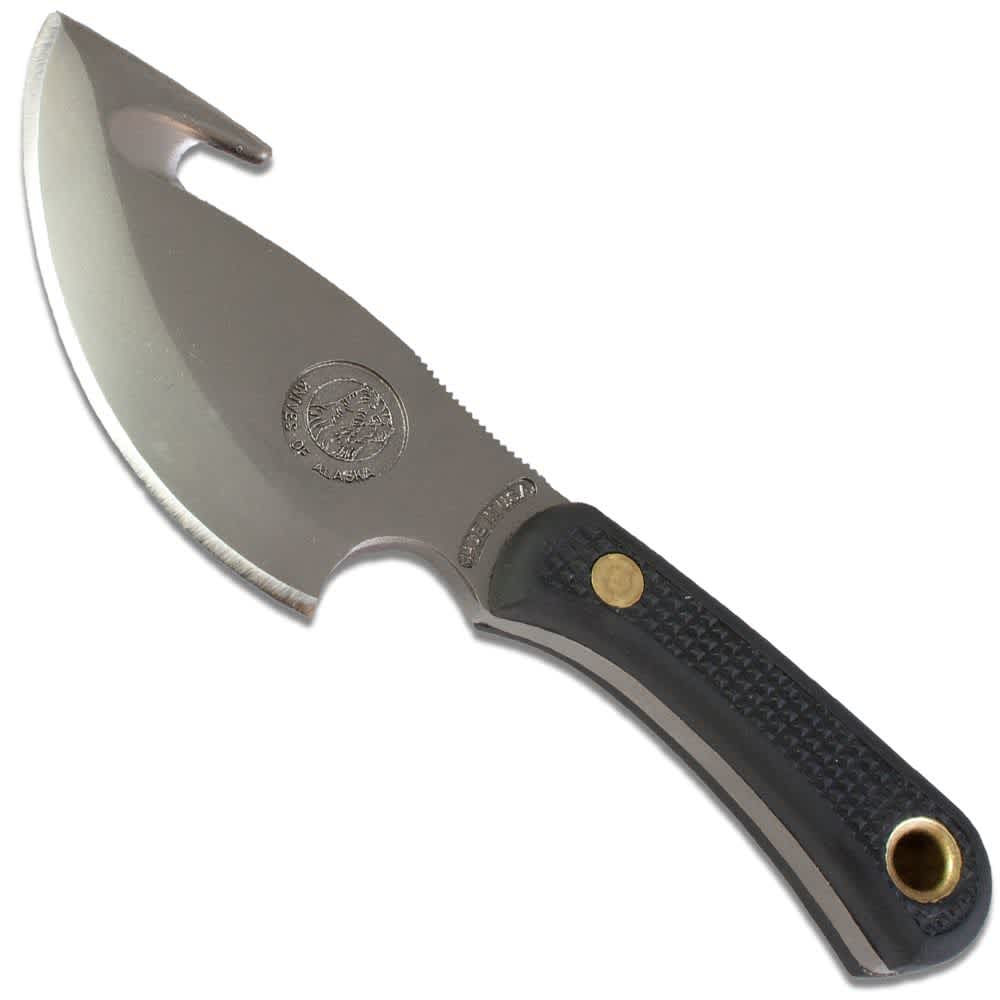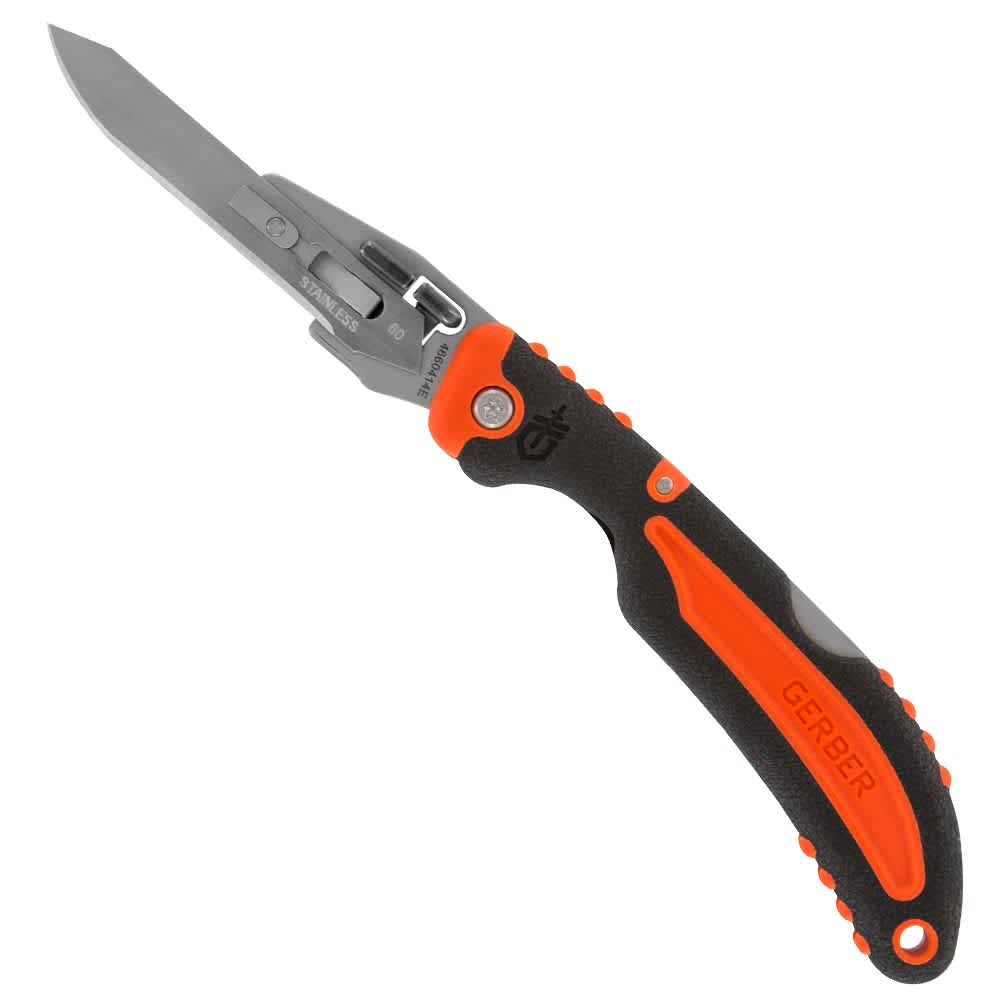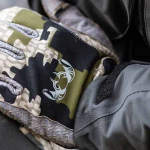Top-Notch Skinning: The Best Skinning Knives for Processing Game
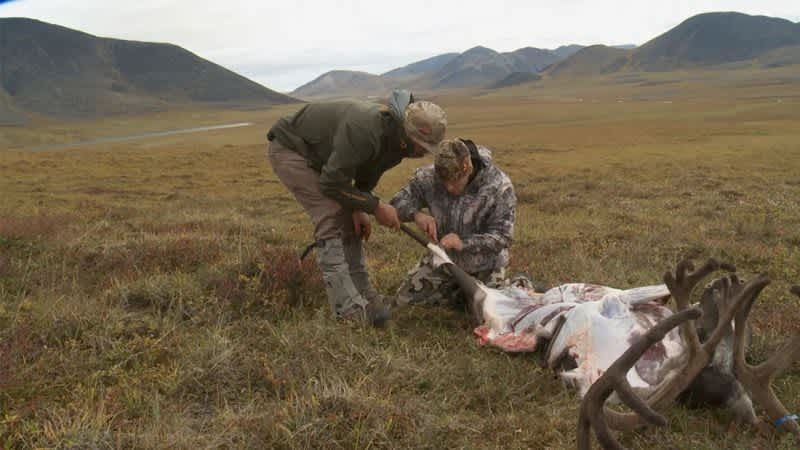
1. Outdoor Edge Razor-Lite EDC Folding Knife
The Outdoor Edge® Razor-Lite™ EDC Folding Knife has an integrated pocket clip on the Grivory® (glassylon) handle. The Grivory handle reduces overall weight of the knife, while rubberized TPR inserts located on key grip areas provide a secure hold. The pocket clip is removable and replaceable. A black oxide-coated blade holder supports the replaceable blade to give you the strength of a traditional knife with the sharpness of a surgeon’s scalpel. The blade holder has a serrated thumb rest for enhanced control, and dual thumb studs for quick, one-hand opening. The Razor-Lite EDC utilizes a lockback design to keep the blade from folding in your hand during use. The Razor-Lite EDC Folding Knife is an extremely versatile and easy to maintain everyday carry knife, well suited for a variety of cutting chores.
- Integrated pocket clip for everyday carry (EDC)
- Grivory handle with rubberized TPR inserts
- Pocket clip is removable and replaceable
- Replaceable surgical steel blade
- Serrated thumb rest
- One-hand opening
- Nonslip, TPR handle
- Includes 6 replacement blades
2. https://www.avantlink.com/click.php?tool_type=cl&merchant_id=1ab7e854-886a-45ed-b275-ded097afca4d&website_id=1c2fcdc1-c1ae-44f1-910b-0f94acb42499&url=https%3A%2F%2Fwww.buckknives.com%2Fproduct%2F113-ranger-skinner-knife%2F0113BRS-B%2F&ctc=vs-outdoorhub-skinning-knives
Introduced decades ago, these knives are still as popular and efficient as the day they were born. This group offers functionality that was way ahead of it’s time, yet still performs without complaint in this day and age. Some designs are meant to last, and this series has become an American icon in hunting. Any hunter out there knows the Buck 110 and 119, and most likely has owned one for many years.
3. HAVALON PIRANTA EDGE KNIFE
Havalon’s best seller for field dressing and skinning, the Havalon Piranta-Edge features surgically-sharp replaceable blades and an easy-to-find blaze orange handle. This skinning knife with replaceable blades is always sharp – just replace the blades and go! Each knife includes 12 additional stainless steel #60A blades. The overall length of the knife open is 7-1/4″. You’ll like the easy-grip black rubber inlay, liner-lock construction and pocket clip.
You’ll appreciate the light weight of this skinning and caping knife: less than three ounces. And no need to carry extra knives, heavy files, stones or other sharpeners.
4. Buck 119 Special Knife
Since 1942, the 119 Special has become one of the most relied upon knives by hunters and outdoorsmen. This fixed-blade hunting knife has a large, hand-sharpened clip blade, which allows for control at the tip with a larger cutting surface at the belly of the blade. The aluminum guard at the base of the blade provides protection for your hand. The handle is built with an extremely durable, hand-shaped phenolic that will withstand years of tough work. The knife is finished with an aluminum pommel for a classic look. Includes a black, genuine leather sheath for convenient carry on your belt or in a pack.
5. KNIVES OF ALASKA LIGHT HUNTER FIXED BLADE KNIFE
The Knives of Alaska Light Hunter Mini Skinner/Cleaver is designed especially for hunters who need a powerful blade to cut through medium-size bones and perform heavy duty skinning tasks. Deer, sheep and mountain goat hunters, who hunt on extended, strenuous, high altitude expeditions, will find it to be an excellent tool that keeps the equipment weight to a minimum, yet still has enough heft to do field-dressing jobs easily and efficiently. Each Light Hunter fixed blade skinning knife is hand made from the same incredibly tough, fully annealed, double-drawn and cryogenically-treated D-2 tool steel as the award-winning Brown Bear. The blade is a full 1/4″ thick, just like the big Brown Bear; however, it is 3″ shorter. They also added a large capacity gut-hook, so the thick hair of sheep, mountain goats, elk, and big northern whitetails won’t “ball up” as experienced with smaller gut-hooks.
6. GERBER VITAL SKIN & GUT KNIFE
With the Gerber Vital Skin & Gut Knife’s high-visual orange handle that features intuitive finger grooves for greater ergonomic function, this is a smart, functional addition to a hunter’s kit bag. Unique contouring on the blade and adjoining gut hook afford the pioneering knife ease in dressing big game, saving body strain and time. With the right tools for efficient operation, the task of skinning and field dressing the animal becomes far less grueling. The Vital Skin & Gut Knife possesses excellent edge retention and is easy to hold in navigating the awkward contours of large game thanks to its unique round expansion along the belly of the blade.
Do I need to skin my deer right away?
This will mostly be dependent on the weather at the time. In very cold weather there really shouldn’t be too much of a rush as the meat won’t have too much time for bacteria to take hold and start growing at unsafe rates. However, everything I’ve been told growing up and talking with other hunters is that you should always skin your deer before trying to butcher it.
How long should a deer hang before skinning?
You should let your deer hang for 2 to 4 days at minimum before processing. An optimal temperature to hang deer meat at should be temperature above freezing but below 40 degrees F. Many people let the deer hang in their garage, but this far from the proper conditions because of contaminants, pests and temperature fluctuations that come with an uncontrolled environment such as this. If your meat is stored above 40 degrees it will start to rot, but if it is frozen at temperatures below 28 degrees it can become freezer burned. In these situations, having access to a commercial-sized refrigerator that will keep your deer at a constant temperature and free of outside contamination is optimal.
How sharp should a skinning knife be?
From what I know and have learned from various hunters is that 20 degrees per side would be on the narrow end, possibly too narrow for field dressing and skinning. 25º to 30º per side is a bit more robust and will be a little less sharp but certainly more durable but still able to handle the chore. For me, 20-22 degrees has always worked very well for skinning and slicing through animal hide very accurately and smoothly. Going with a more acute angle increases the risk of putting holes in the hide by accidentally cutting through but you’ll have to play with various angles yourself and ultimately see what works best for you.
We are committed to finding, researching, and recommending the best products. We earn commissions from purchases you make using the retail links in our product reviews. Learn more about how this works.

